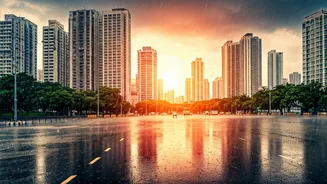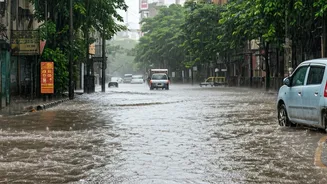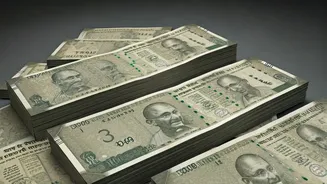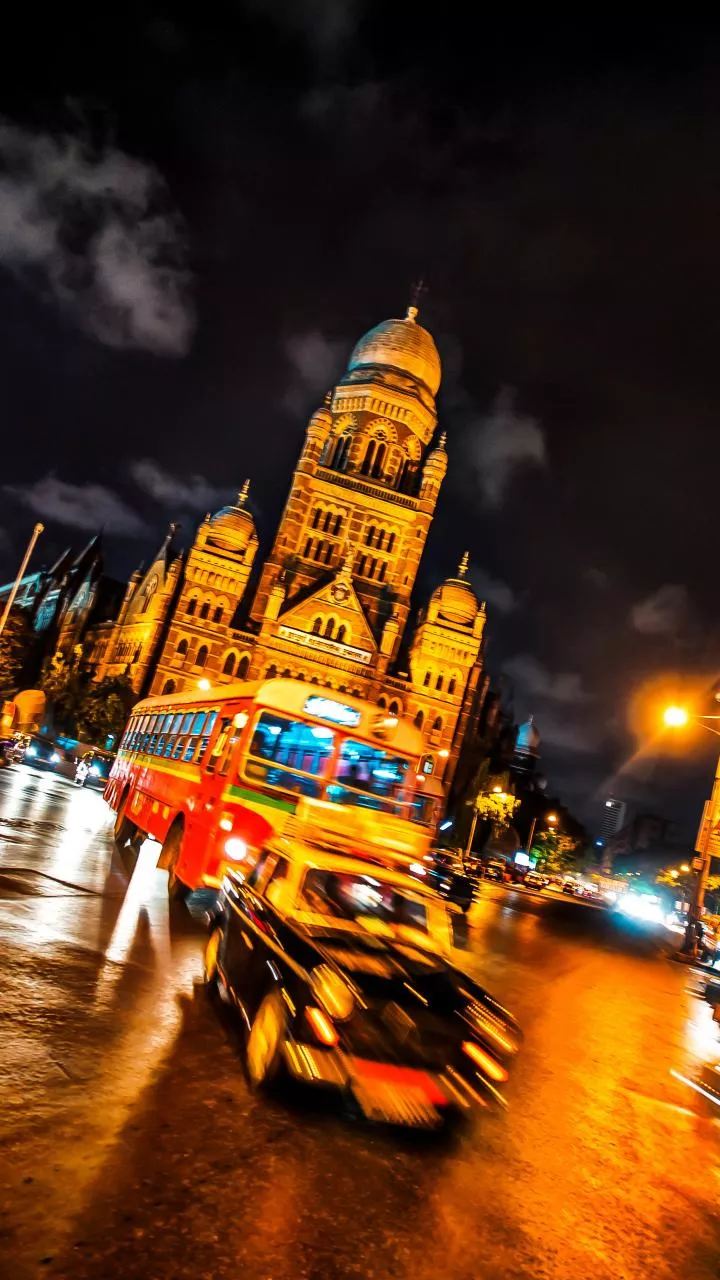Mumbai's Climate Overview
Mumbai's weather is primarily influenced by its coastal location, leading to a tropical climate marked by high humidity and distinct seasons. The city
experiences hot and humid summers, a monsoon season characterized by heavy rainfall, and relatively mild winters. The Arabian Sea plays a significant role in moderating the temperatures, preventing extreme fluctuations. Understanding these patterns is essential for residents and visitors to plan their activities effectively, from choosing the right attire to anticipating travel disruptions. The city's climate dictates the rhythm of daily life and offers unique experiences depending on the time of year.
Summer in Mumbai
Summer in Mumbai, typically lasting from March to May, brings soaring temperatures and high humidity. Daytime temperatures can easily exceed 30 degrees Celsius (86 degrees Fahrenheit), and the humidity often makes the heat feel even more intense. The sea breeze offers some relief, particularly in the evenings. This period is generally considered the hottest time of the year. People often seek indoor activities, air-conditioned spaces, and refreshing drinks to cope with the weather. Tourists should be prepared with light, breathable clothing, plenty of water, and sun protection when venturing outdoors during this season. Staying hydrated and avoiding prolonged sun exposure are crucial for comfort and safety.
The Monsoon Season
The monsoon season, spanning from June to September, transforms Mumbai with heavy rainfall and a vibrant green landscape. The city receives a significant amount of rainfall during this period, often causing waterlogging and traffic disruptions. The average annual rainfall in Mumbai is substantial, contributing to the city's water resources. While the monsoon brings relief from the scorching heat, it also poses challenges, including potential flooding and travel difficulties. The city's infrastructure and daily life adapt to accommodate the intense rainfall. It is advisable to have waterproof gear, plan for travel delays, and stay updated on weather forecasts to navigate Mumbai during the monsoon safely and conveniently.
Winter's Gentle Touch
Mumbai experiences a relatively mild winter from November to February, offering a pleasant respite from the heat and humidity. Temperatures typically range from 20 to 30 degrees Celsius (68 to 86 degrees Fahrenheit), making it a comfortable time for outdoor activities and sightseeing. The air is generally drier during this period, and the clear skies enhance visibility. Many consider winter the most agreeable season in Mumbai. People can enjoy outdoor events, explore the city's attractions, and participate in festivals with greater ease. Light clothing with a few warmer layers for the evenings are suitable for enjoying Mumbai during the winter months.
Humidity and Its Impact
Humidity is a constant factor in Mumbai's climate, playing a significant role throughout the year. Due to its coastal location, the city experiences high humidity levels, particularly during the summer and monsoon seasons. This humidity affects the perception of temperature, making it feel hotter than the actual temperature. It can also cause discomfort, affect clothing choices, and influence the overall feel of the environment. Awareness of humidity levels helps residents and visitors plan their activities accordingly. Staying hydrated, wearing breathable fabrics, and seeking out air-conditioned spaces are important strategies to manage the effects of high humidity in Mumbai.
Best Time to Visit
The ideal time to visit Mumbai is during the winter months, from November to February, when the weather is most favorable. The temperatures are moderate, the humidity is lower, and the skies are typically clear, making it perfect for exploring the city. This period is also popular for various cultural events and festivals. If you are comfortable with rain, the post-monsoon period, October to November, could also be a good time to visit, as the landscape is lush and green. Avoid visiting during the peak summer months of March to May and the height of the monsoon season, June to September, for the best travel experience.















